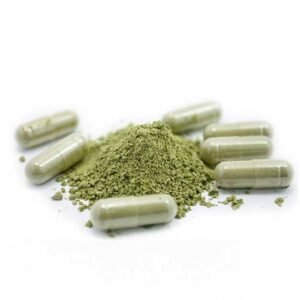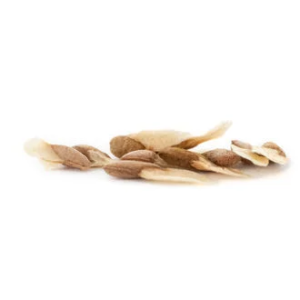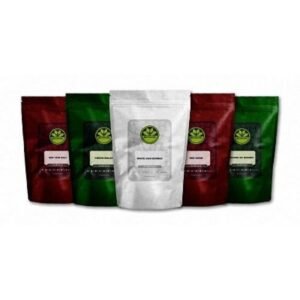Kratom
Mitragyna speciosa is a tropical evergreen tree of the Rubiaceae family (coffee family) native to Southeast Asia.[3] It is indigenous to Cambodia, Thailand, Indonesia, Malaysia, Myanmar, and Papua New Guinea,[4] where its dark green, glossy leaves, known as kratom, have been used in herbal medicine since at least the 19th century.[5] They have also historically been consumed via chewing, smoking, and as a tea.[6] Kratom has opioid-like properties and some stimulant-like effects.[7][8]
The efficacy and safety of kratom are unclear.[9] In 2019, the United States Food and Drug Administration (FDA) stated that there is no evidence that kratom is safe or effective for treating any condition.[10] Some people take it for managing chronic pain, for treating opioid withdrawal symptoms, or for recreational purposes.[4][11] The onset of effects typically begins within five to ten minutes and lasts for two to five hours.[4] Kratom contains over 50 alkaloids—primarily mitragynine and 7-hydroxymitragynine—which act as partial agonists at μ-opioid receptors with complex, receptor-specific effects and additional interactions across various neural pathways, contributing to both therapeutic potential and safety concerns.
Showing all 3 results



